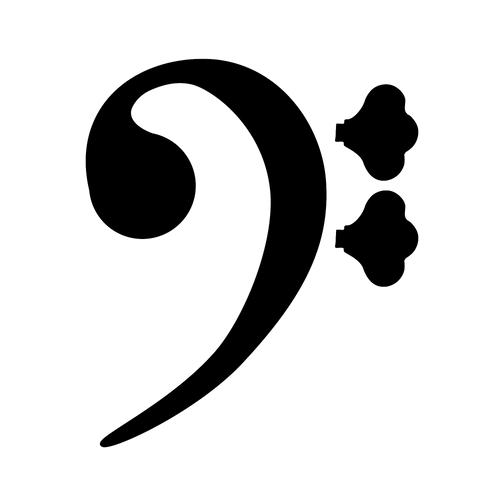Hey friends. If you play the double bass, you probably spend a lot of time thinking about your bow. You check the weight, examine the wood, look at the hair quality. But there's one measurement that most bass players completely overlook, and honestly, it might be the most important one. The balance point.
The balance point affects how your bow feels and performs. According to discussions on TalkBass, a forum where experienced luthiers share their expertise, French double bass bows generally target a balance point of around 8 inches from the end of the stick behind the frog. German bows typically aim for 7.5 inches. These measurements come from bow makers and repair specialists who work with bass players daily.
What Is the Balance Point?
The balance point is the spot where your bow would perfectly balance if you placed it on your finger. Think of a seesaw. The balance point is where both sides have equal weight distribution.
Finding the Balance Point
Finding the balance point is simple and fun. Take a bow and rest it on your finger. See if you can balance the bow there. The point where the bow stays balanced is the balance point. That's all there is to it.
How to Measure Your Bow’s Balance Point
Measuring the balance point requires just a few steps. First, loosen the frog all the way so the eyelet sits as far forward in its mortise as possible. The bow needs to be haired to measure its balance point correctly.
Some people balance the bow on their finger. Others suspend the bow by a string tied around the stick and move it until the bow balances. Either method works fine.
Once you find the balance point, grab a measuring tape. Match the balance point with the end of the measuring tape, then measure to the end of the wood part. Do not measure to the end of the adjuster or button. Measure only to where the stick ends.
My iStrad French bow has a balance point of 9 and a quarter inches. In millimeters, that is 235mm. Your bow might have a different balance point. There is variability in bass bows, and this is normal.
Why the Balance Point Matters
The balance point changes how the bow feels in your hand. Weight alone does not tell the full story.
- If your balance point is closer to the frog, the bow feels lighter. The end of the stick feels lighter, and you lift it up much more easily. You have more control at the tip.
- If the balance point is closer to the end part of the bow, the bow feels heavier. You need more effort to control the tip. Your arm might tire faster during long practice sessions.
Comparing the Balance Points
When you compare your balance point to another bow's balance point, you will find that sometimes other bows feel lighter or heavier. This happens even if the bows weigh the same.
Two bows weighing 140 grams might feel completely different in your hand. One bow with a balance point at 7.5 inches feels lighter than a bow with a balance point at 9 inches. The weight distribution creates this difference.
Ken Altman, a bow maker, notes on his website that "a simple demonstration makes this clear: Take two bows that weigh exactly the same and have the same balance point. Tape a nickel to the tip of one bow and a nickel to the frog of the other. The bow with the nickel at the tip will feel much heavier than one with the nickel at the frog, because of the leverage of the weight so far from your hand."
This principle applies when selecting a new bow. You need to know your current balance point, then compare it to potential new bows. This comparison helps you understand if a bow will feel right for your playing style.
See the Bows I Recommend
What you do to practice finding the balance point and comparing it to other bows is simply go to my website, where I have a bunch of bows you can compare. Go to the link and then try the different bows I have. Look at the balance point and see if my bow is lighter or heavier than your bow.
And also, while you are at it, if you are a double bass player, you also purchase a copy of one of those bows. The bow I’m using right now is the iStrad double bass French bow. This bow is a carbon fiber and Pernambuco hybrid. I use these for all of my recitals, my solos, and my recordings. I also have Pernambuco bows and carbon fiber-only bows available on the website.
The balance point affects your tone, your control, and your endurance. You should know this measurement. You can use this knowledge when selecting your next bow. See how different balance points change your playing experience. Your technique might improve simply by finding a bow with the right balance point for you.

